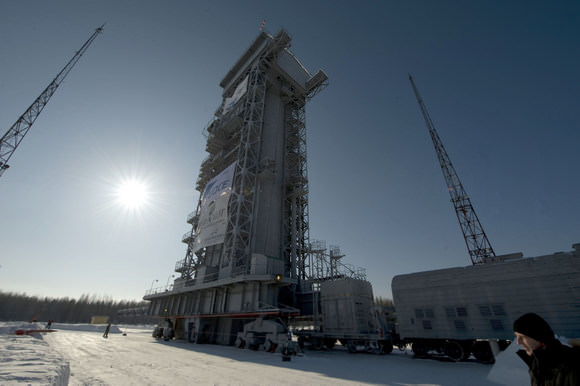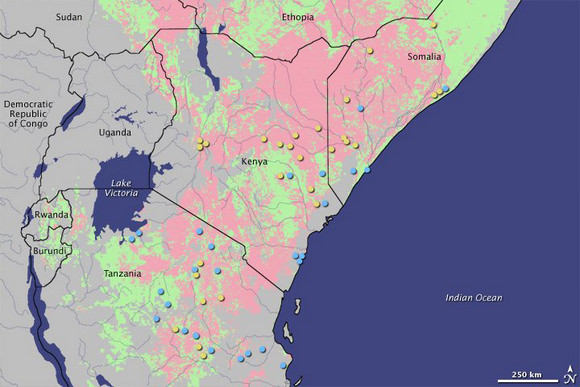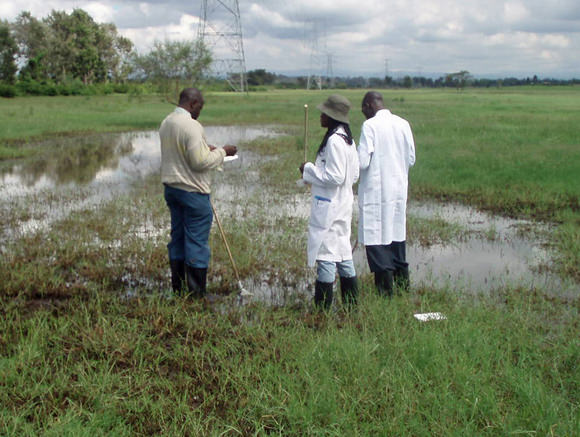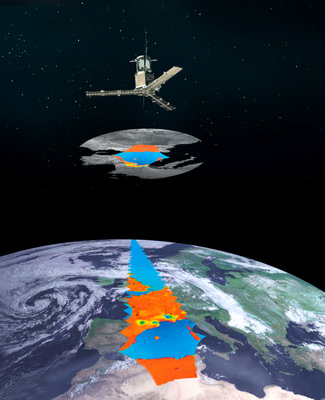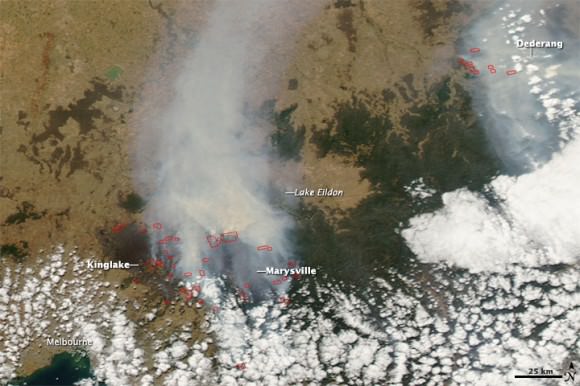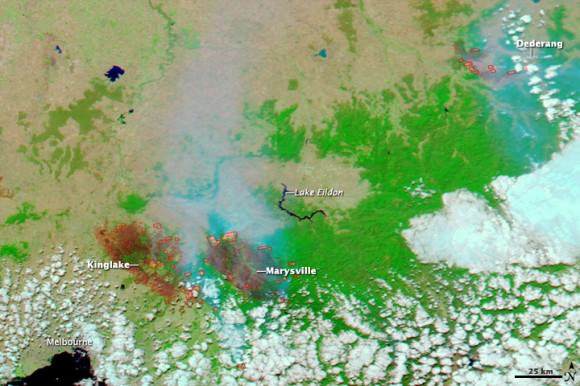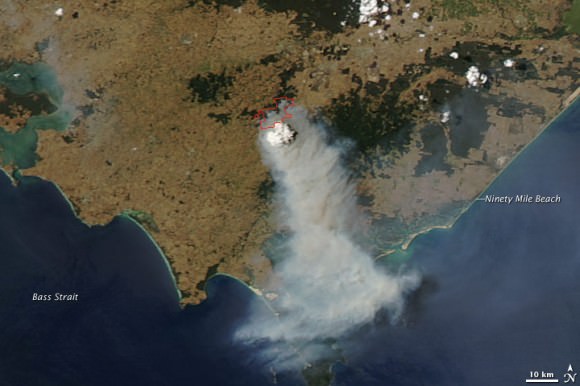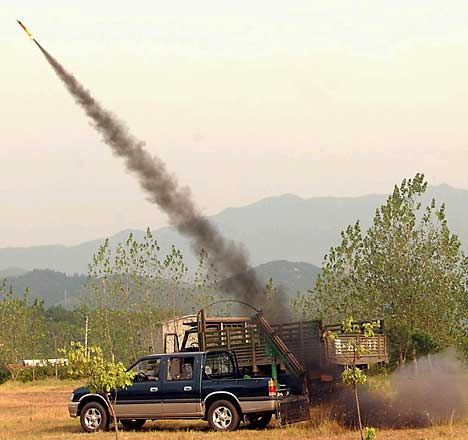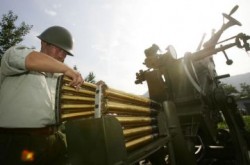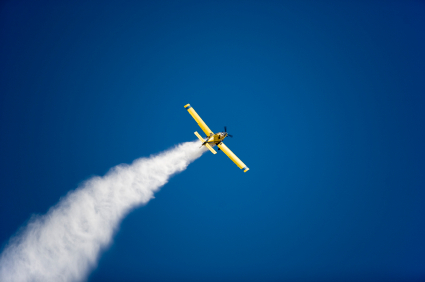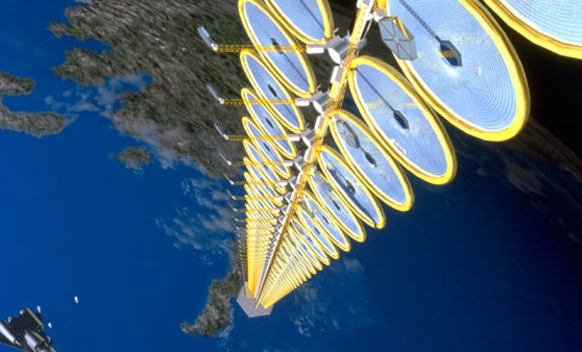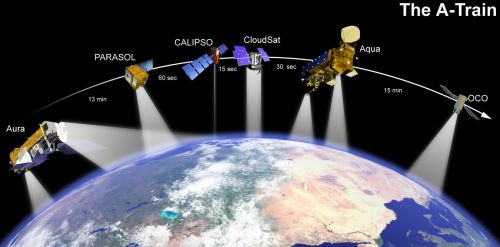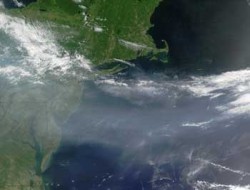[/caption]
Europe’s Gravity field and steady-state Ocean Circulation Explorer (GOCE) seems to be stuck on the pad.
The climate change satellite was expected to launch out of Russia at 14:21 GMT (10:21 EDT) today, from the Plesetsk Cosmodrome in northern Russia. The weather was fine and mission managers were optimistic with seconds to liftoff — and then, everything froze. With seven seconds left on the countdown clock, an unexpected hold went into place and ESA broadcasters simply stopped talking.
Update, 12:30 p.m. EDT: The ESA has announced that launch failed when the doors of the launch service tower did not open. The tower was held in position and did not move back as required for a launch. An investigation is under way, and the agency intends to try again tomorrow at the same time (15:21 CET; 14:21 GMT; 10:21 a.m. EDT).
GOCE is the first of a new family of ESA satellites, called Earth Explorers, designed to study our planet and its environment in order to improve our knowledge and understanding of Earth-system processes and their evolution, to characterize the challenges of global climate change.
The satellite is supposed to launch into a Sun-synchronous, near-circular polar orbit by a Russian Rockot vehicle – a converted SS-19 ballistic missile. Its specific mission is to map Earth’s gravity field with unprecedented accuracy, providing insight into ocean circulation, sea-level change, climate change, volcanism and earthquakes.
GOCE has been undergoing preparations for launch since it was taken out of storage around three weeks ago. Launch campaign activities included a series of mechanical and electrical tests, mating to the Upper Stage and finally encapsulation in the launcher fairing. A video of the anticipated fairing separation was produced pre-launch, and is available here.
Today’s go-ahead followed a successful countdown rehearsal conducted by ESA’s Mission Control Team, the Russian Mission Control Centre and the international tracking station network on Friday.
“We’ve been in this room for many hours and many days in the past. We want to do the real thing now,” said Paolo Laberinti, head of verification and testing, just moments before the seemingly foiled launch.
This isn’t the first time GOCE has encountered problems. The craft had to stand down from launch in September 2008 when problems were discovered with the guidance and navigation subsystems on the Russian Breeze KM rocket. GOCE had to be de-mated from the rocket and brought back into the clean room.
Stay tuned for updates to this post as the ESA releases details about the failure.
Source: ESA

